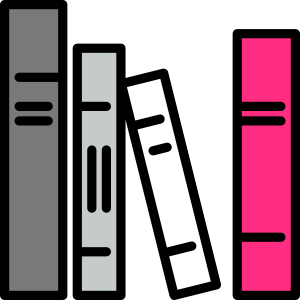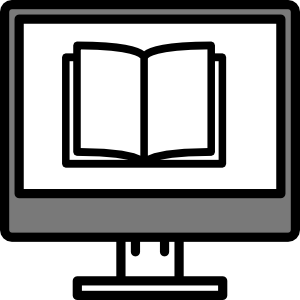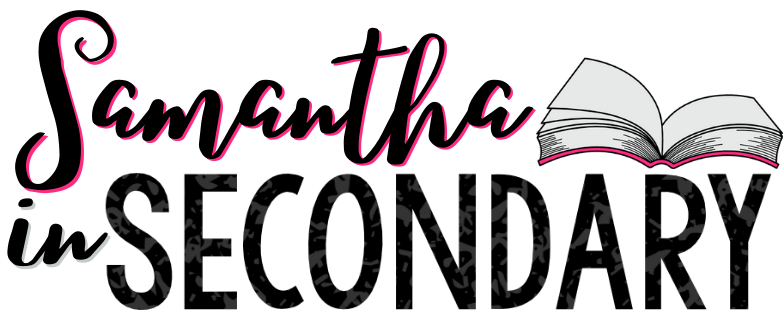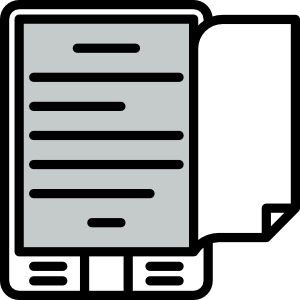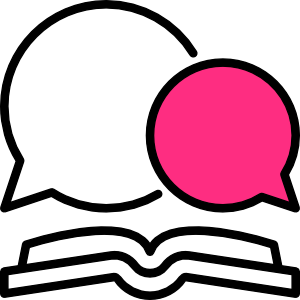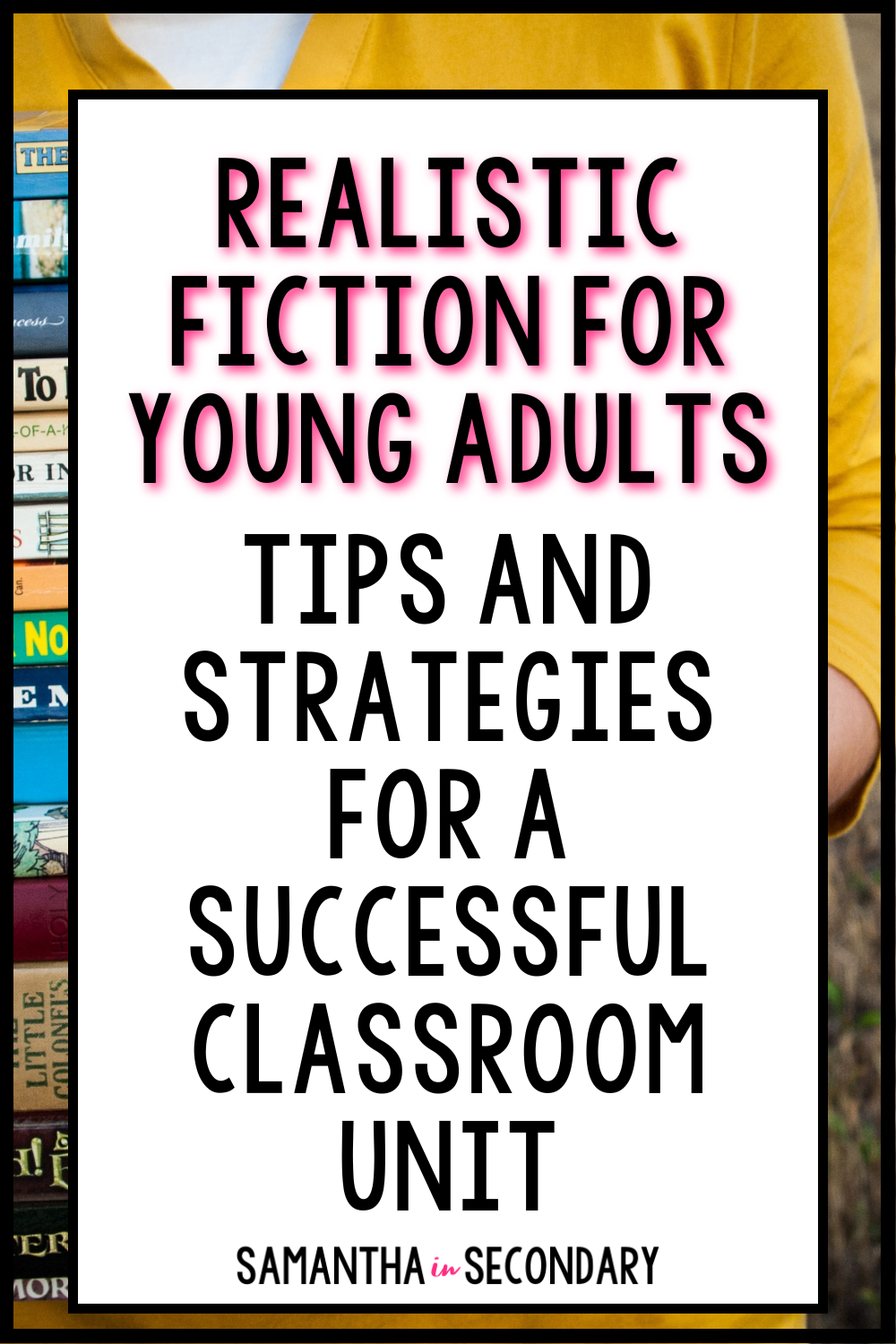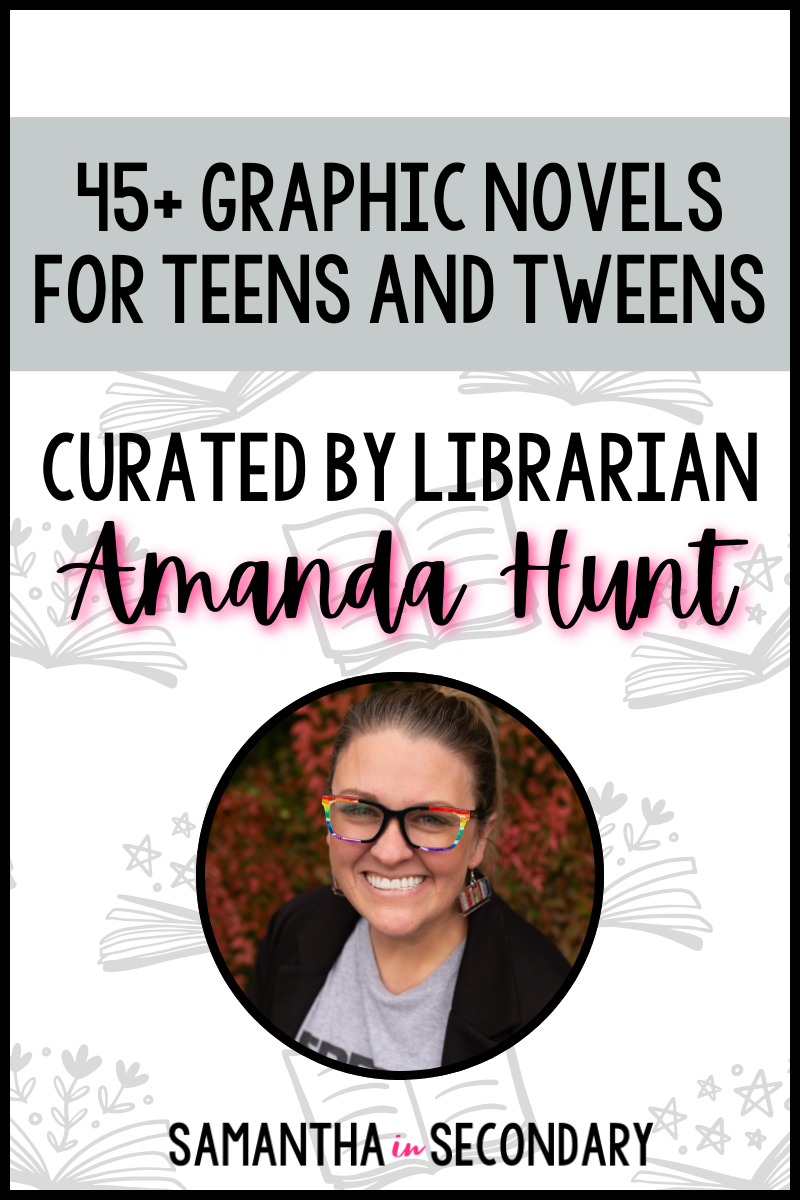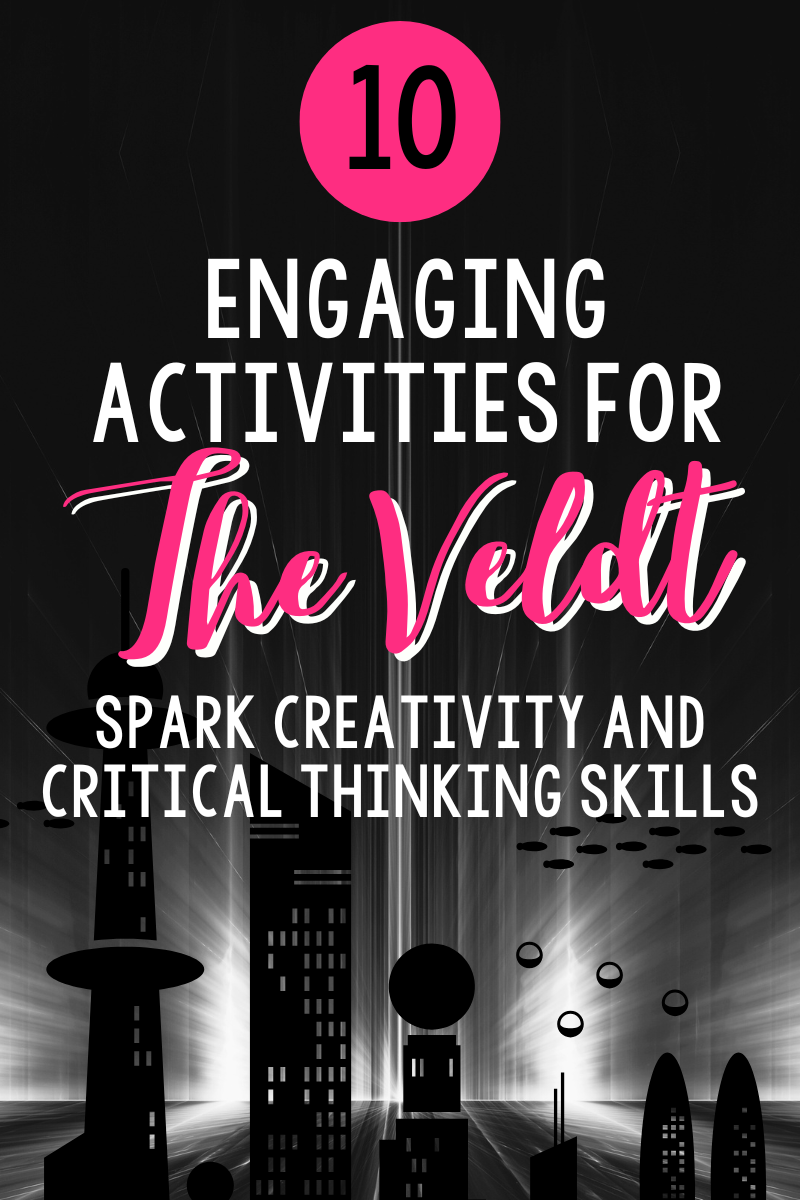Oh, the lesson plan. Some people swear by detailed lessons that are carefully written in elaborate planners and color-coded. Others jot down a few things onto a post-it in their desk drawer. I’m not here to tell you what system to use, but I do think every teacher should be committed to a system. If you’re struggling with putting something together, take a look at these steps to write English lesson plans for secondary ELA.
Start with the end.

This means focusing on the objectives. The standards and objectives are there to help guide our lessons. They are the end goal. It is helpful as you plan everything else to remember what is the “point” of the lesson.
I find it helpful to keep an overall list somewhere so I can “tick” how many times we utilize it. This really doesn’t need to be a super complicated step. I know that lessons will touch on a plethora of objectives, but what are the key 2 or 3 that I want to focus on? That’s what I will list as my learning objectives. The point of the list is to see if I have missed covering anything over the course of the year. With many years of experience under my belt, I can look at objectives and identify where in my school year we will get to it. I’m familiar with my units and lessons, and even if I bring in something brand new I already know what I’m looking for in terms of standards.
Plan your assessments.

I think this goes along with having the end in mind. What assessment are you going to use to determine that your students understand the standard? What ensures the objectives are met? Having those objectives in place doesn’t do much good if you are not prepared to assess student understanding. Have a few different types of assessments sprinkled throughout the lesson so that you are able to track which students may need more help, or if the class as a whole is ahead and ready to move on. Check out these projects on my website to get an idea of the type of variety you can use.
Sequence your activities.
The activities are, for me, the most fun. I love personalizing lessons for my classes. This is the meat of the lesson, the part that the students are going to interact with. Don’t let that be the scary part! Pick apart the objectives into steps and sequence the lesson in a meaningful way. The most important part in selecting activities is engagement. You may think it is the greatest activity in the world, but if your students don’t want to do anything with it, it isn’t a good activity.
In addition, think about your timeline. Is this a quick, one-class lesson? Don’t try to pack a bunch of things into it when a couple of thoughtful activities will do. Is there a week before the end of the semester? Probably best not to cram in a novel unit. Are you close to a testing period? Does your district have events that may interfere with your class time? Look at the activities you want to incorporate, are they going to take several class periods? If it’s a lengthy activity like a research paper, are you going to break it up with mini-lessons on other topics or just bulldoze through?
Plan for closure.
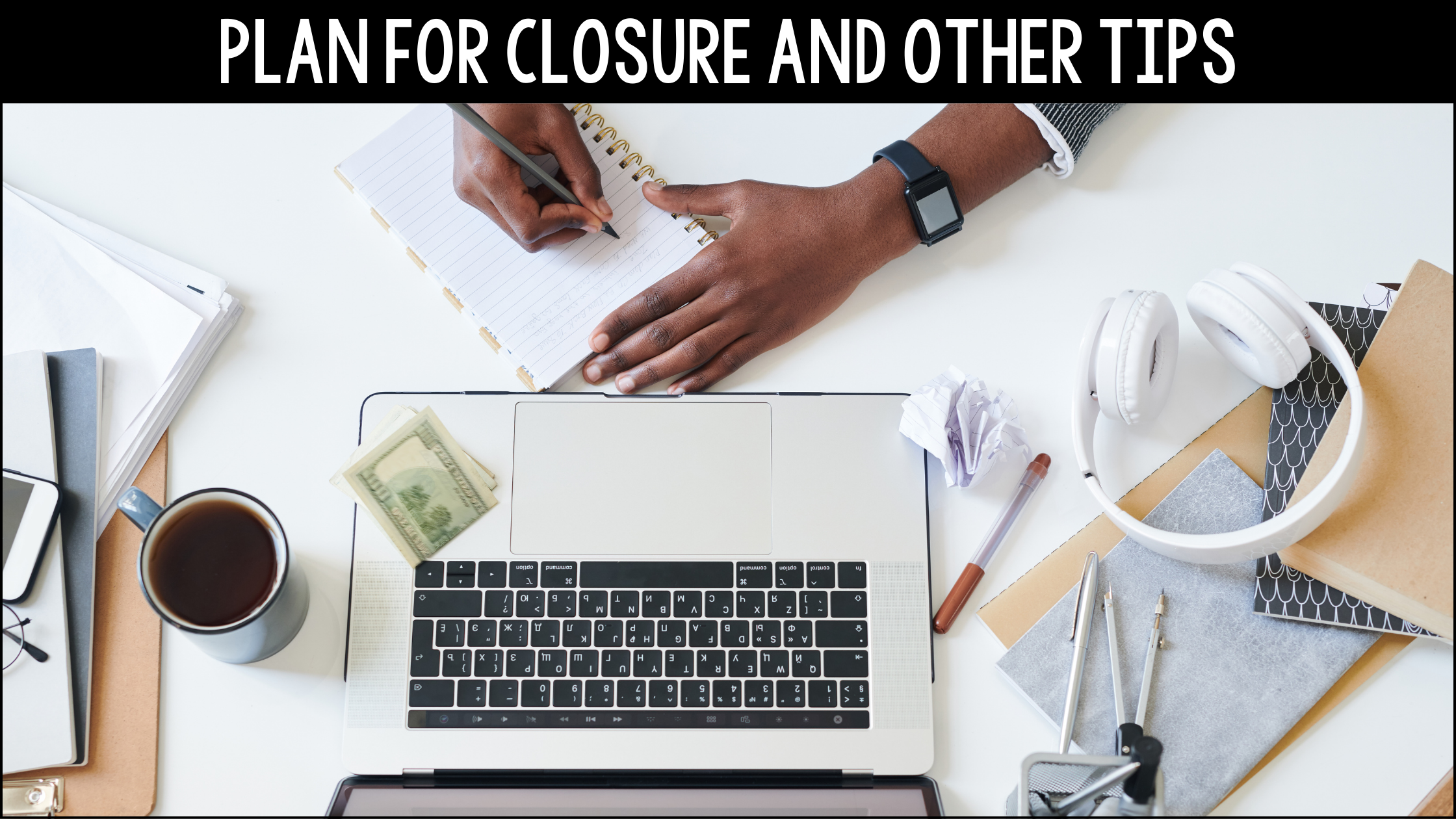
This is really important. Have you ever had a class or a meeting that just sort of … ended? Like what was the point of all the work that was just done? Why were we here? Students are the same. They should be able to see the intent of your lesson and know why “we have to do this stuff”. Closure isn’t just ending the lesson because the bell rang, or turning in a project. This is your time to assess if students learned the material and can retain it. If you feel students are in need of reteaching, it is time to make plans for that as well. There are many “exit ticket” activities for simplicity, or you can incorporate the closure into a final activity. Just be sure you don’t gloss over the ending of one lesson in your excitement to move on to the next thing.
Other Helpful Tips
This is a pretty dry overview on lesson planning because it is such an individual development. I can’t tell you what is definitely going to work for you because, like our students, we are all unique. But, here are some various tips that you can use to further personalize your lessons.
Color Code and Use Symbols
I love color and seeing at a glance what I’ve got to do. Maybe you always highlight in yellow your objectives so they are easy to find on the page. Maybe all independent work gets a blue star so you can quickly find what page you need to give to students as you move through your lesson. Also, there’s just something about giving a lesson plan a bit of pizazz.
Keep It Digital
I’m not saying you can’t have printouts of your lessons, but having a digital version makes a lot of things much easier. It is something quick to put into your online classroom for student access or to send to absent students. As you reflect on lessons, you can quickly go in and make changes. You can keep copies by year and see notes from previous years so you can continually make improvements to your lessons. You don’t have to try and remember how it went last year or the year before. Even if you are more of a pencil-paper organizer, you can make plans to scan in your lessons with all of your notes and utilize it the same way. If you want to build strong and consistent classroom routines all year long with daily agenda slides, check out this bundle of goodies.
Use a Template
If you know what you like to have in every lesson plan, create a template that includes those things for ease. There are numerous apps and programs that allow you to personalize documents, or you can draw them out and make copies for your own planner. Personally, I never enjoyed the district-provided planners, so creating my own has always been necessary. Create something you love and it won’t be as daunting.
Include the Minor Details
Nothing worse than scurrying through a textbook looking for a page number as all your students get restless. Include those minor details so that you are prepared. Write in page numbers for reading or where to find information. If you have a digital lesson plan, hyperlink to your notes or any videos you plan on using. Link or attach PDF versions of any worksheets students may need. List materials you need to collect or a to-do list before class like making copies. This isn’t just good for you to have on hand, but if you happen to need a sub they are much more prepared to use your actual planned lesson for the day to keep your class on track.
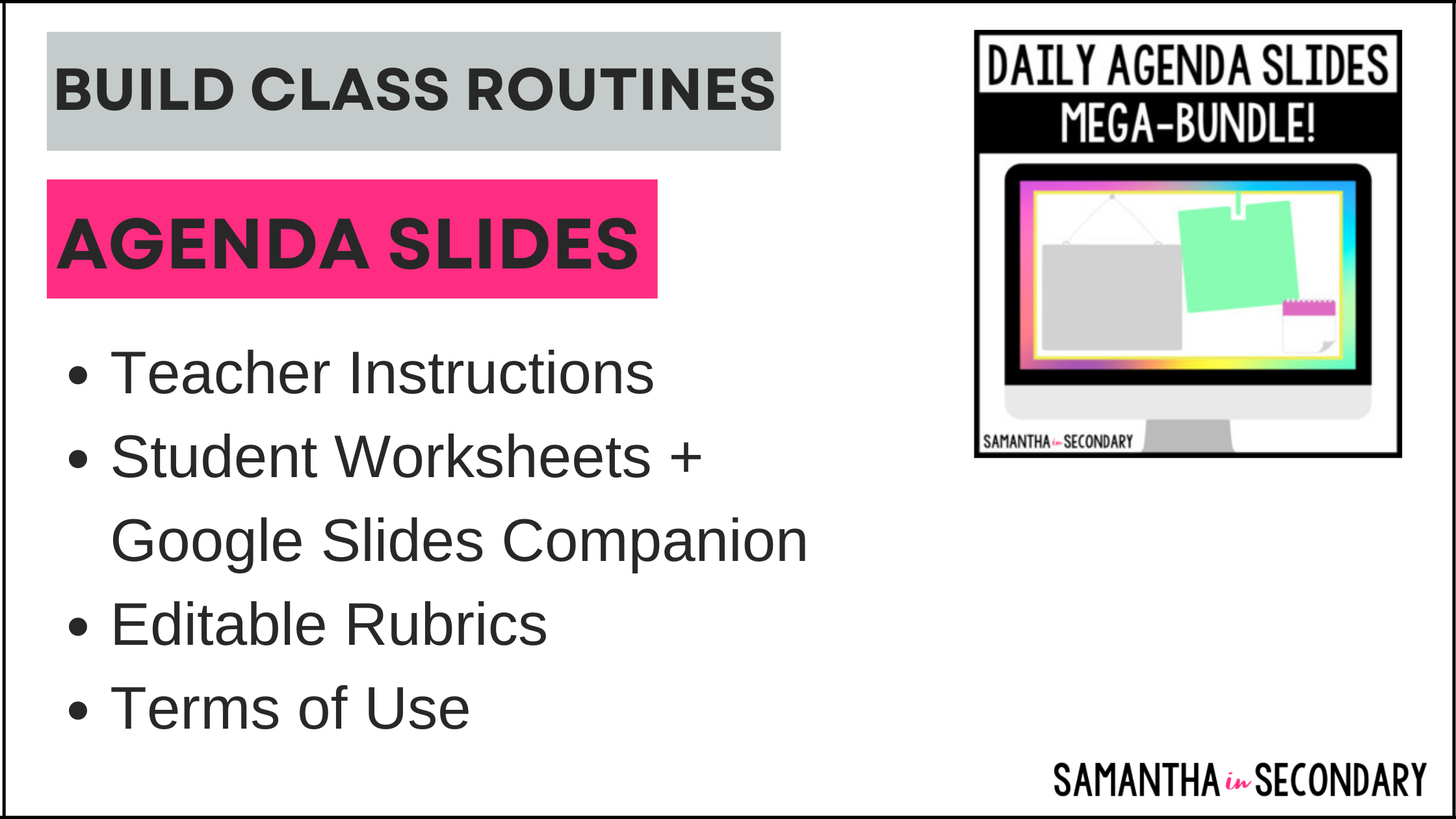
Do you have helpful tips for writing English lesson plans? What strategies have you found to be successful? Share your tips and tricks here or find me on Facebook and Instagram. My lessons always include objectives, standards, and engaging activities. You can follow my shop here to see for yourself.
Happy teaching!

